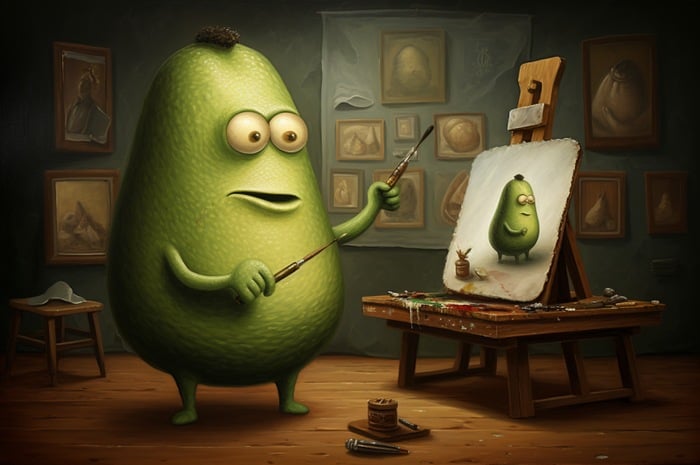After announcing the imminent roll-out of its new AI art image generator Dall-E 3. OpenAI made the service available through Microsoft’s Bing Image Creator allowing users to check out its artistic abilities ahead of the official rollout through the ChatGPT service
Dall-E 3 has been gaining popularity, with users generating and testing it for free on the Bing Image Creator. Despite its growing user base, not everyone has been able to access Dall-E 3. Some users have reported being unable to access the model, possibly due to country restrictions. Microsoft, which is working in collaboration with OpenAI, is actively trying to expand access to Dall-E 3 to all Bing Create users.
Dall-E 3 restrictions, mathematics and more
Dall-E 3 it seems has also been equipped with the ability to perform simple maths, a testament to the technological advancements made by OpenAI. This feature has sparked speculation about the model’s inner workings, with some suggesting that Dall-E 3 might have built-in GPT capabilities. However, OpenAI has remained tight-lipped about the specifics of the model’s design and functionality.
The popularity of Dall-E 3 has also led to an unexpected influx of users, causing an overload of the system. Some users have reported issues with generating content with Dall-E 3 due to this overload. In response, Microsoft is working to improve generation times by adding more GPUs. Learn more about the latest Dall-E 3 use in the video below kindly created by MattVidPro AI.
Other articles you may find of interest on the subject of
Dall-E 3 restrictions
One of the more current issues of Dall-E 3 is its ability to generate unexpected content. The model has shown the ability to generate images of celebrities, a feature that has raised eyebrows and concerns about privacy and copyright issues. In response to this, OpenAI is reportedly tightening restrictions on what can be generated by Dall-E 3. This move is possibly a response to users bypassing systems to generate specific content.
OpenAI’s CEO has admitted that while they can predict improvements in AI models, they don’t fully understand why specific capabilities emerge at certain points. This statement underscores the complex and often unpredictable nature of AI development.
The introduction of Dall-E 3 and other AI models and updates represents a significant step forward in the field of AI. However, these advancements also come with their own set of challenges and issues, from access restrictions to system overloads and the generation of unexpected content. As AI continues to evolve, it will be interesting to see how these issues are addressed and how these models will shape the future of technology.
In other AI news, Stability AI the company responsible for developing the Stable Diffusion AI art generator. Has announced Stable LM 3B, a high-performance language model that can run on smart devices and is fully open source. This model is expected to compete with other AI models in the market, offering users more options and flexibility.
Filed Under: Guides, Top News
Latest aboutworldnews Deals
Disclosure: Some of our articles include affiliate links. If you buy something through one of these links, aboutworldnews may earn an affiliate commission. Learn about our Disclosure Policy.







